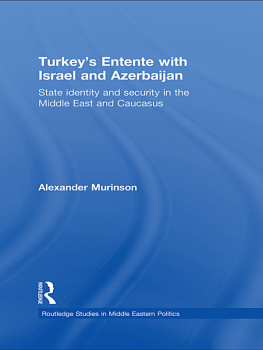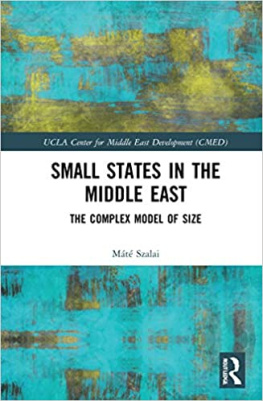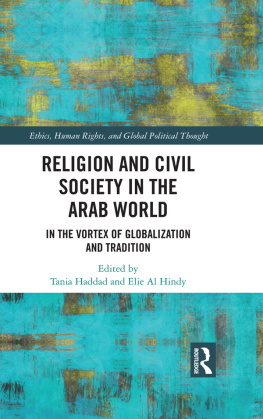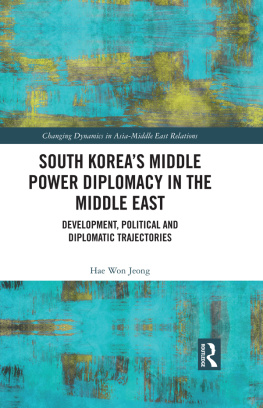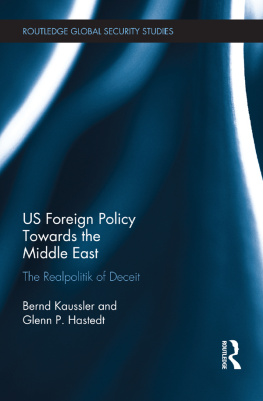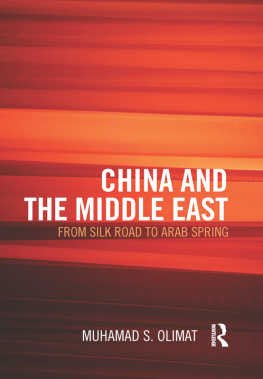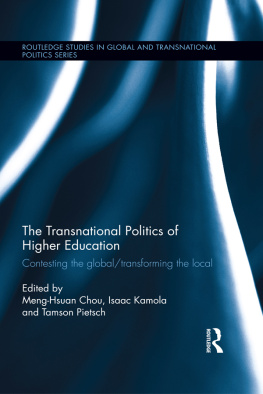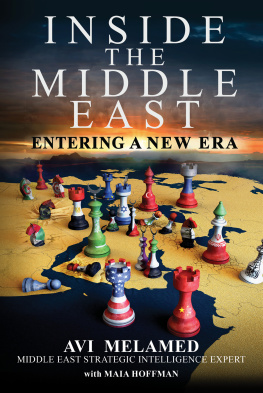

First Published in 1997 in Great Britain by
Routledge
2 Park Square, Milton Park, Abingdon, Oxon, 0X14 4RN
and in the United States of America by
Routledge
270 Madison Ave, New York NY 10016
Transferred to Digital Printing 2007
Copyright 1997 Gad G. Gilbar
British Library Cataloguing in Publication Data:
A catalogue record for this book is available from the British Library
ISBN 0-7146-4734-9
Library of Congress Cataloging-in-Publication Data:
A catalog record for this book is available from the Library of Congress
All rights reserved. No part of this publication may be reproduced in any form or by any means, electronic, mechanical, photocopying, recording or otherwise, without the prior permission of Routledge.
Cover photograph: Crude Oil Terminal, Yanbu. Royal Commission for Jubail and Yanbu, Fifteen Years of Accomplishments, Riyadh, 1991.
Publishers Note
The publisher has gone to great lengths to ensure the quality of this reprint but points out that some imperfections in the original may be apparent
Printed and bound by CPI Antony Rowe, Eastbourne
In memory of
Wolfgang MarkusContents
Preface
The sudden huge price hikes in Middle Eastern oil following the October War of 1973 yielded, almost overnight, an enormous flow of resources to states and societies that could not have anticipated such instant affluence. To this came unprecedented political power because of the total control the oil states were able to maintain over oil production and prices until the second half of 1982. Thus, though covering barely nine years, the period may appropriately be dubbed the oil decade."
Of the major changes the oil decade brought about some were quite unforeseen e.g., the revolution that took place in the educational system of the Arab states or the change in their attitude toward establishing economic ties with Israel while others were more predictable, such as the entrenchment of separate territorial Arab states in a move away from pan-Arabism and the growing economic and political involvement of the United States in the region.
This book highlights three fundamental aspects of the oil decade. First is the influence the production, export and revenues of oil had on domestic, regional and international relations, in particular between foreign producer companies and local governments ().
Second is the expansion of higher education, no doubt the most single significant social change the oil decade engendered. Many new universities throughout the Arab world began opening their doors to an ever-increasing number of students, especially in the sciences and civil engineering. Significant was also the proportion of women students enrolling. The huge investments required for establishing advanced systems of higher learning were of course provided by the financial resources the oil states now had at their disposal, but the impetus came from the realization that only through successfully developing their human resources could they hope to transform their economic structures.
The third aspect is the way economic relations developed between the Arab states and Israel. As of the early 1970s the official Arab boycott on goods manufactured in Israel was increasingly being circumvented and a wide range of agricultural and industrial products were beginning to find their way to customers in Arab states. This was to prove of much significance when, following the first Oslo agreement of 1993, trade relations became overt and official. While there were many reasons why during this period the Arab states began quietly ignoring an economic boycott they demanded strict adherence to officially, the abrupt huge rise in the demand for industrial and consumer goods in the Arab oil states after 1973 is certainly among the dominant ones.
in Elie Kedourie and Sylvia G. Haim (eds.), Essays on the Economic History of the Middle East, London: Frank Cass, 1988 pp. 196-211. The Introduction appeared first in The Middle East Contemporary Survey 10 (1986): 246-57. They are here reprinted with permission.
My deep gratitude is extended to Amatzia Baram, Sylvia Haim, Itamar Rabinovich and P.J. Vatikiotis for their valuable comments. I am also indebted to Judy Krausz, Dick Bruggeman, Iris Fruchter and Onn Winckler for their help in preparing this book for publication. Finally, I wish to express my thanks to two institutions for their generous support: the study of the development of higher education in seven Arab states was funded by the S. Neaman Institute for Advanced Studies in Science and Technology, Israel Institute of Technology; and research on the informal trade relations between Israel and the Arab states was made possible through a grant from the Tami Steinmetz Center for Peace Research, Tel Aviv University.


